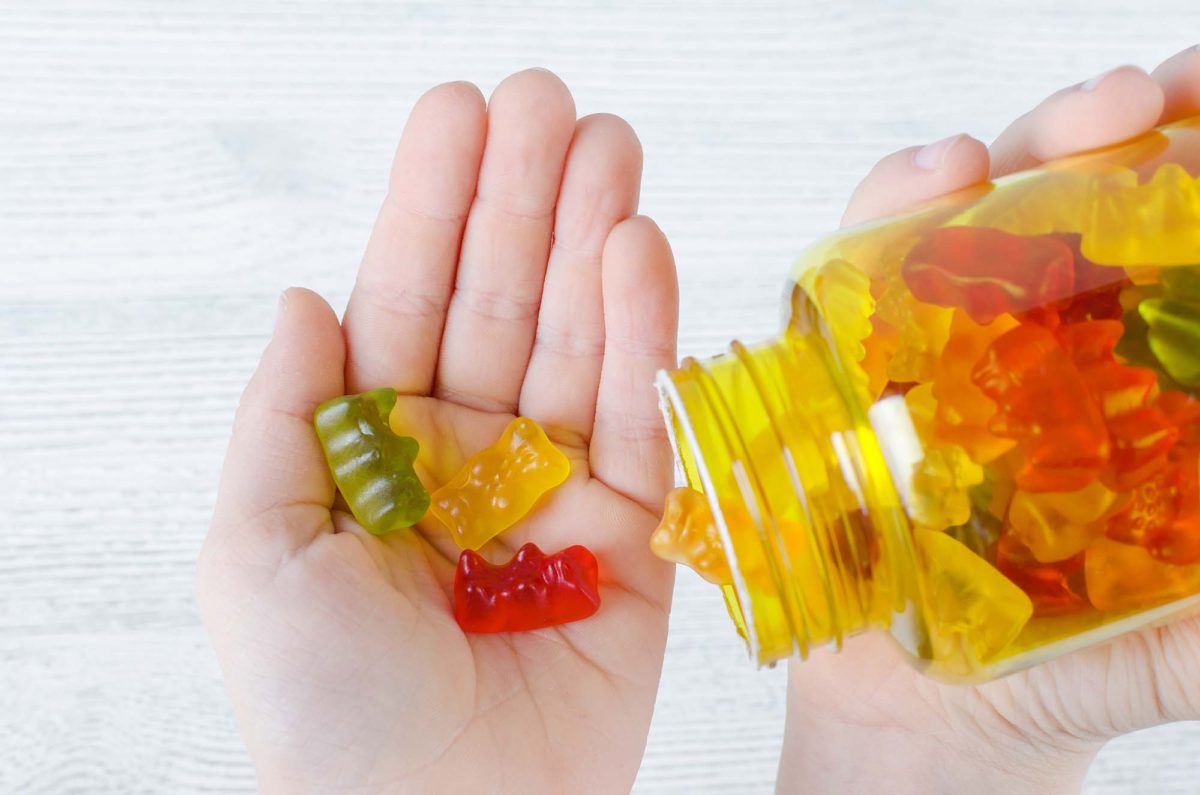As a pediatrician in Tallahassee, Florida, I have been supplementing my immune system with three vitamins, Zinc, Vitamin D, and Vitamin C since the COVID-19 Pandemic began. I wanted to do everything I could to keep myself well for my pediatric patients at Canopy Pediatrics.
Our children in Tallahassee will be returning to school soon, and they WILL be exposed to COVID-19. Prepare your child’s immune system with the same vitamins that I have been taking. The far right columns below contain a safe amount of vitamin that you can use to supplement your child.
My suggested supplementation is a little less than the difference between the National Institute of Health’s maximum intake and the recommended intake (RDA) for each vitamin. To be safe, you do not want to go over the maximum daily amount, as even vitamins can be harmful. I do not recommend simply supplementing with the maximum daily amount, as many American children already get the recommended daily amount of each vitamin through their diet (so supplementing with the maximum amount would give them more than the daily maximum).
Zinc – in milligrams (mg) per day
| Age | Recommended | Maximum | Supplement |
| 1-3 | 3 | 7 | 3 |
| 4-8 | 5 | 12 | 5 |
| 9-13 | 8 | 23 | 10 |
| 14-18 | 9,11* | 34 | 20 |
| 19+ | 8,11* | 40 | 25 |
Besides boosting the immune system, Zinc is important for wound healing and focus. The best natural sources of Zinc are shellfish (especially oysters), meat, legumes, and cheese.
Vitamin C – in milligrams (mg) per day
| Age | Recommended | Maximum | Supplement |
| 1-3 | 15 | 400 | 200 – 300 |
| 4-8 | 25 | 650 | 400 – 600 |
| 9-13 | 45 | 1,200 | 500 – 1,000 |
| 14-18 | 65,75* | 1,800 | 1,000 – 1,500 |
| 19+ | 75,90* | 2,000 | 1,000 – 1,500 |
Although people who supplement with Vitamin C still catch viral infections (like COVID-19) their symptoms are milder and last a shorter amount of time. Besides boosting the immune sytstem, Vitamin C my also prevent cancer and cardiovascular disease. The best natural sources of Vitamin C are citrus fruits, kiwi fruit, strawberries, cantaloupe, tomatoes, and broccoli. Also, check labels, as it is added to many packaged goods and beverages.
Vitamin D – in international units (IU) per day
| Age | Recommended | Maximum | Supplement |
| 1-3 | 600 | 2,500 | 1,000 – 1,500 |
| 4-8 | 600 | 3,000 | 1,000 – 2,000 |
| 9-13 | 600 | 4,000 | 2,000 – 3,000 |
| 14-18 | 600 | 4,000 | 2,000 – 3,000 |
| 19+ | 600, 800* | 4,000 | 2,000 – 3,000 |
Some research has shown a correlation between vitamin D deficiency and severe COVID-19 illness, and there an ongoing study investigating whether vitamin D supplementation at the time of COVID-19 diagnosis can reduce the severity of symptoms.
As a pediatrician, I sometimes screen children for vitamin D deficiency, and I am always surprised how many kids are deficient. I suggest not waiting, but rather start supplementing with vitamin D now. The best natural source of vitamin D is sunlight, and people don’t need much sunlight to meet requirements. 5 to 30 minutes (depending on your skin color, as lighter people need less sun, and sun brightness) of sunlight exposure twice per week is usually enough for someone to meet their requirement of vitamin D. Vitamin D is also added to most cow and vegetarian (soy, almond, etc) milk.
In addition to supplementing with vitamins, I have tried to be more consistent with my exercise, as COVID-19 frequently causes lung infections (aka pneumonia). So, don’t forget that children aged 5–17 should get at least 60 minutes of moderate-to-vigorous physical activity every day (my children often complain, but think of it as good medicine!).
Leave a comment with any questions or suggestions!
